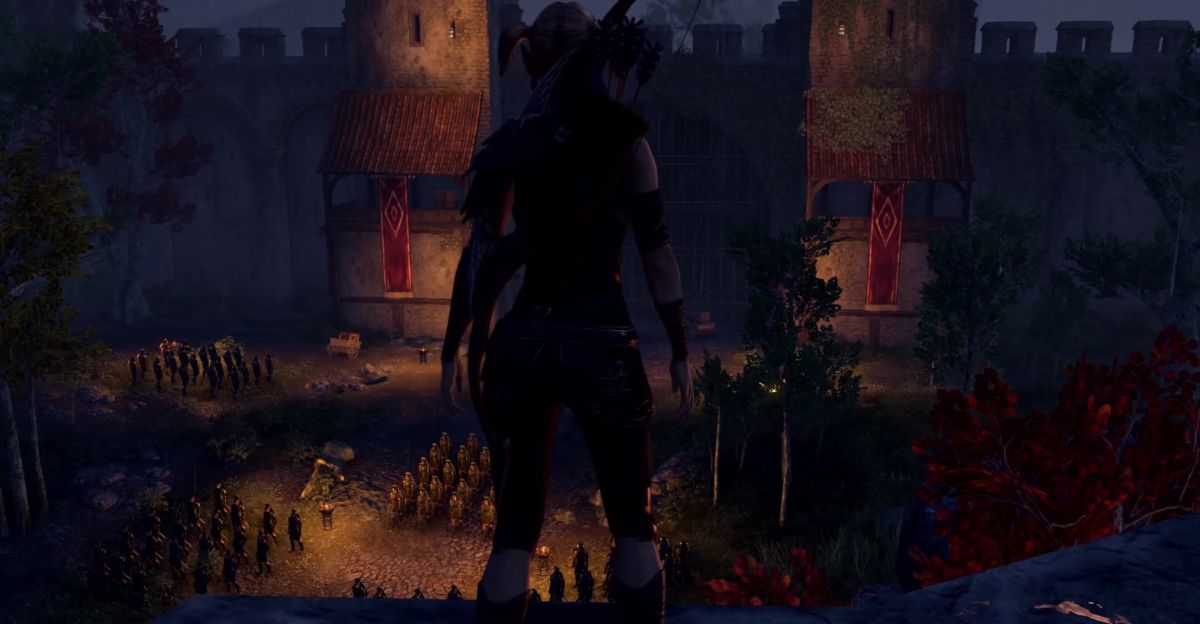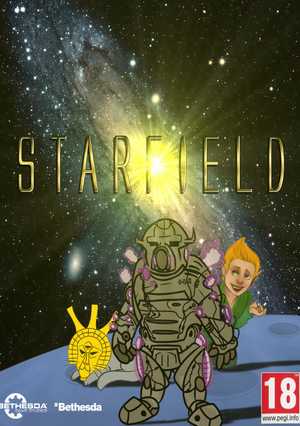
Nearly two decades later, of course, all those innovations are now considered standard. It wasn’t just a 3D action-adventure game, it had an open world (a novelty at the time), branching dialogue trees, a soundtrack one contemporary reviewer described as “movie-quality”, and graphics and voice-acting that were considered way ahead of their time. See, when Outcast originally came out in 1999, it was seen as groundbreaking.


This week, I can provide a perfect example: Outcast: Second Contact. We’ve also held an interview with producer Takashi Tokita about Live A Live, who told us why it took long for the game to release outside Japan.Last week, I suggested that, more often than not, remastered games do more to show the flaws of the original than they do to introduce said game to a hidden gem from a previous generation. From what we’ve seen the new ports are nearly identical to the original release. We previously reviewed the Switch version of the Live A Live Remake check that out if you want more information on the game. The Distant Future: A newly built robot is swept up in a tragedy in space.įeaturing remastered music from original composer Yoko Shimomura and produced by Takashi Tokita (the director of the original game), this remake retains everything that players loved about the original while also being accessible to newcomers.The Near Future: A youth with psychic powers takes a stand against evil.Present Day: A martial artist strives to become the strongest there ever was.Twilight of Edo Japan: A shinobi undertakes an important secret mission.Imperial China: A kung fu master searches for a worthy successor.The Wild West: A wanderer with a bounty on his head fights for his life.



 0 kommentar(er)
0 kommentar(er)
